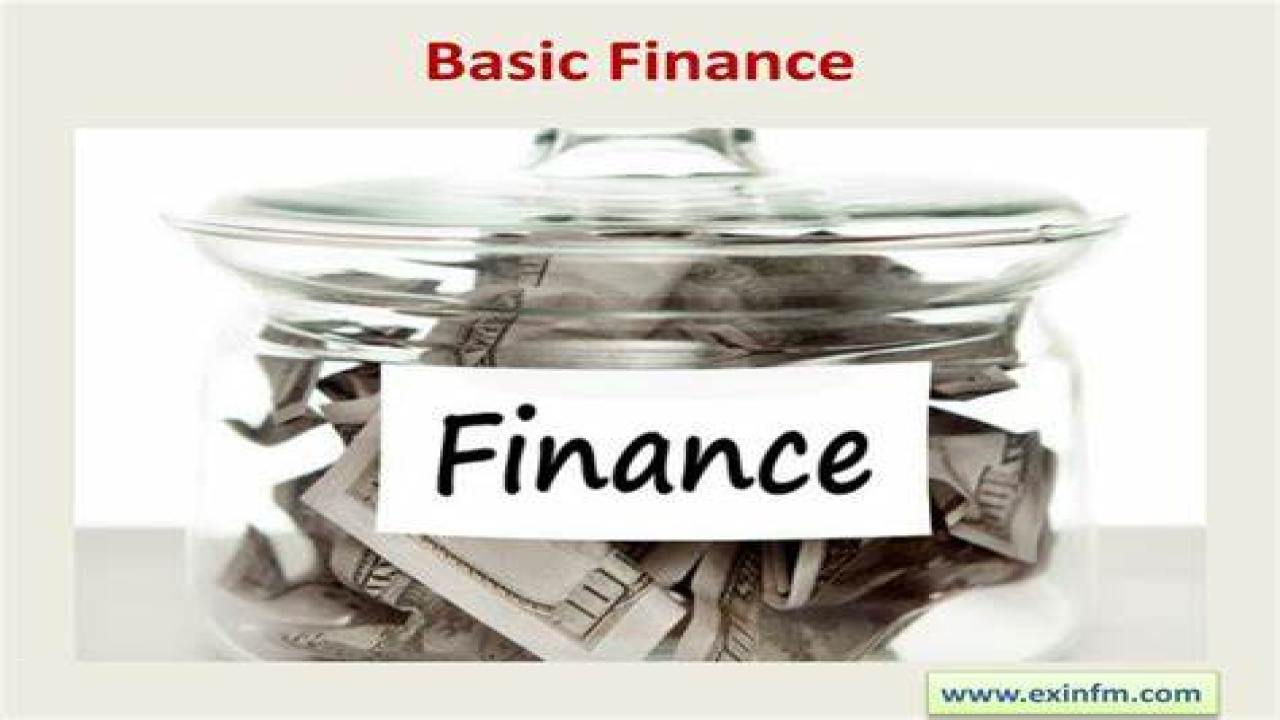Basis (Finance)
In the world of finance, futures markets play a crucial role in managing risk and facilitating price discovery. A fundamental concept within these markets is the concept of “basis.” The basis refers to the difference between the cash price (or spot price) of a commodity or asset and its corresponding futures price for a specific contract.
Defining Basis and its Importance
- Basis, in simple terms, is calculated by subtracting the futures price from the cash price of a tradable asset. For instance, if the cash price of crude oil is $70 per barrel and the futures price for a specific contract is $75 per barrel, the basis would be -$5 per barrel. The basis can be positive, negative, or even zero, depending on the relationship between the cash and futures prices.
- The importance of basis lays in its impact on the effectiveness of using futures contracts as a hedge. Hedging is a risk management strategy where market participants take offsetting positions in the futures market to protect against adverse price movements in the underlying asset. By taking an opposing position in the futures market, investors aim to mitigate potential losses incurred in the cash market.
Basis and Risk Reduction
- One of the key factors determining the effectiveness of hedging through futures contracts is the volatility of the basis compared to the volatility of the price of the asset being hedged. If the basis is less volatile than the underlying asset’s price, hedging with futures contracts can effectively reduce risk.
- Consider a scenario where an airline wants to hedge against the price volatility of jet fuel. If the basis remains relatively stable while the cash price of jet fuel fluctuates, the airline can establish futures positions to offset potential losses. By doing so, the airline locks in a price for future purchases, providing a level of stability in fuel costs and reducing the uncertainty associated with price fluctuations.
Basis and Price Relationship
- Changes in the relationship between cash and futures prices can occur due to various factors such as supply and demand dynamics, storage costs, interest rates, and market sentiment. When the basis becomes more positive (i.e., the cash price exceeds the futures price), it indicates a potential increase in the spot price of the asset. Conversely, a more negative basis suggests an expected decline in the spot price.
- Traders and investors closely monitor changes in the basis as it can provide insights into market expectations and potential trading opportunities. For example, if the basis for agricultural commodities becomes abnormally negative, it may signal a potential shortage in supply or an imbalance between production and demand. Traders can take advantage of such information to speculate on price movements or adjust their hedging strategies accordingly.


